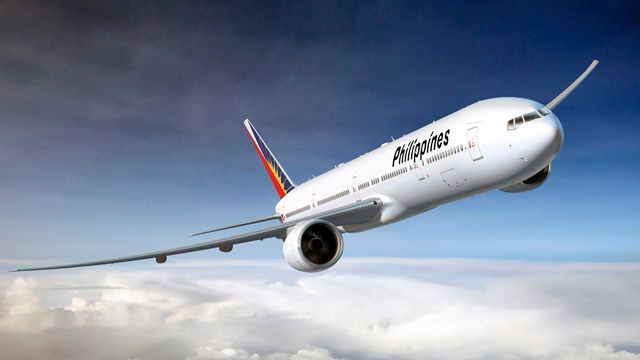SUMMARY
This is AI generated summarization, which may have errors. For context, always refer to the full article.

MANILA, Philippines – PAL Holdings is back in the black.
From April to June, the holding firm of the country’s oldest carrier Philippine Airlines (PAL), posted a P489.2 million net income, a turnaround from a net loss of P475.1 million in the same period a year ago.
The airline cited higher average yields from each passenger, lower jet fuel prices, as well as lease income from aircraft operating lease arrangements during these 3 months, its first quarter of its fiscal year ending March.
PAL reported P3.7 billion in net loss at end-March this year, up 40.7% higher than the P2.63 billion net loss it recorded a year ago.
Here are the highlights of its April to June performance and future plans:
- Revenues reached P20.78 billion, up by 5.8% from P19.64 billion from a year ago. In a statement, PAL Holdings explained that the increase was “primarily due to higher passenger revenues brought about by a 6.9% improvement in yields.” It attributed the higher yields on “passenger seat offerings complemented by the growth in passenger traffic.”
- Passengers from January to June 2012 reached 2.29 million, based on the records of the Civil Aeronautics Board (CAB).
- Expenses stood at P20.29 billion, a 1% increase from P20.09 billion as lower flying operations cost offset higher expenses related to maintenance, passenger service, general and administrative and other expenses offset. Maintenance expenses rose 20.9% due to higher engine and component repair costs.
- Jet fuel, which remains the biggest operating expense, decreased 3.4% from last year’s P9,116.1 million due to lower average jet fuel price per barrel of US$135.60 in 2012 from US$138.00 a year ago.
- Fleet is currently composed of 39 aircraft: three B777; five B747; four A340; eight A330; 15 A320; and four A319.
It will implement a system-wide redeployment of its fleet towards end-2011 to save as much as $300 million per year. The realignment involves reassigning its current fleet to new and existing destinations here and abroad, PAL president Ramon Ang said last July.
Currently, Ang said small aircraft are being deployed to service long-haul flights while wide-bodied aircraft are left to serve nearby destinations, including regional routes.
“We will re-assign our aircraft to serve existing and additional routes and by doing so PAL will be more efficient and profitable,” said Ang, who added that 90% of its current operations will be affected by the planned realignment program but not result to the cancellation of any of PAL’s destinations.
For instance, the new Boeing777 aircraft will be deployed to service new and lucrative long-haul routes in the future. Ang had revealed plans for PAL to fly direct and non-stop flights to Toronto, London, Paris, New York, among others.
In the months ahead, PAL will take delivery of three more Boeing 777-300ER aircraft. The planned re-alignment of PAL’s fleet may also boost the airline’s financial operations, possibly helping the airline to break even by end of 2012. – Rappler.com
Add a comment
How does this make you feel?
There are no comments yet. Add your comment to start the conversation.